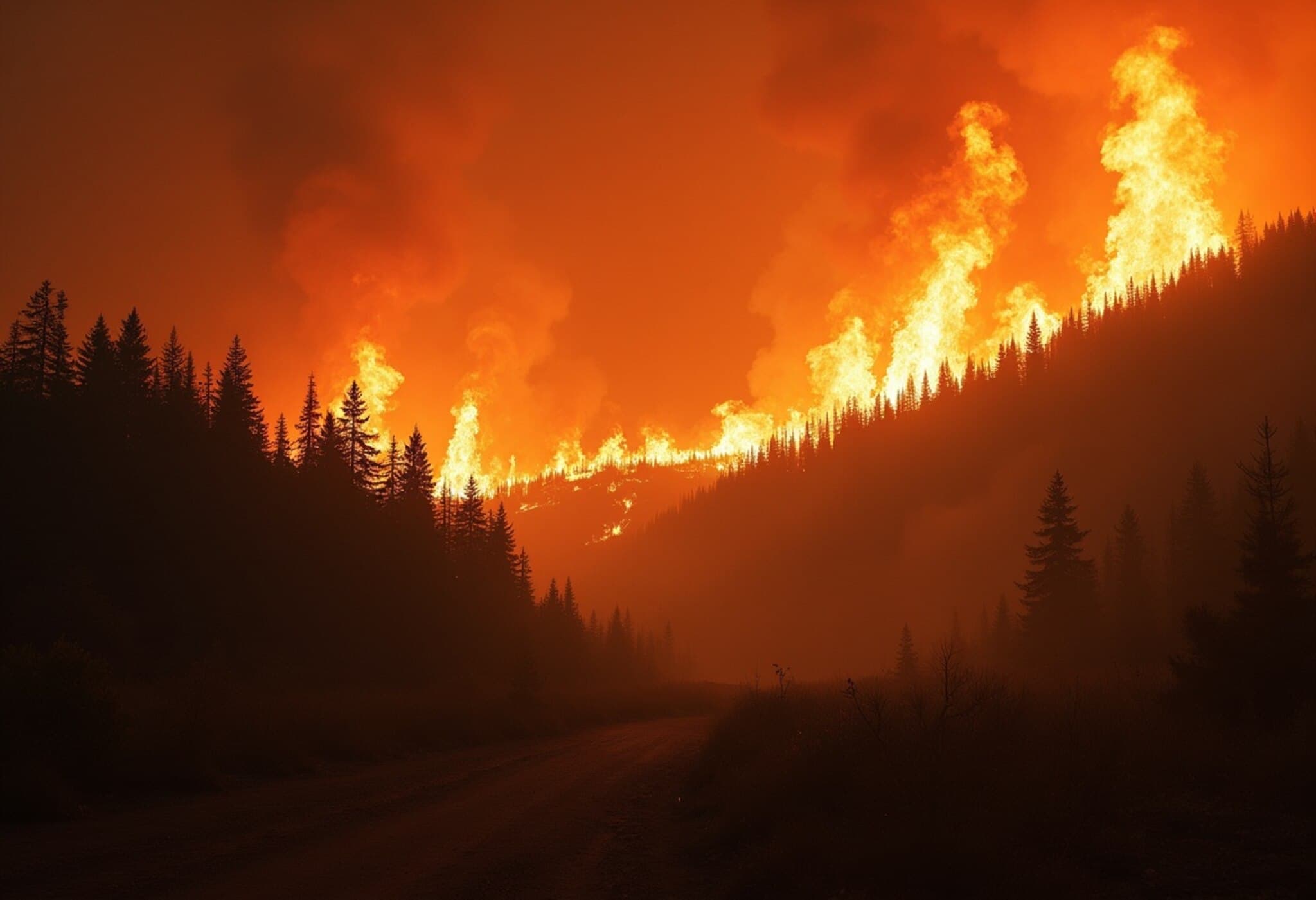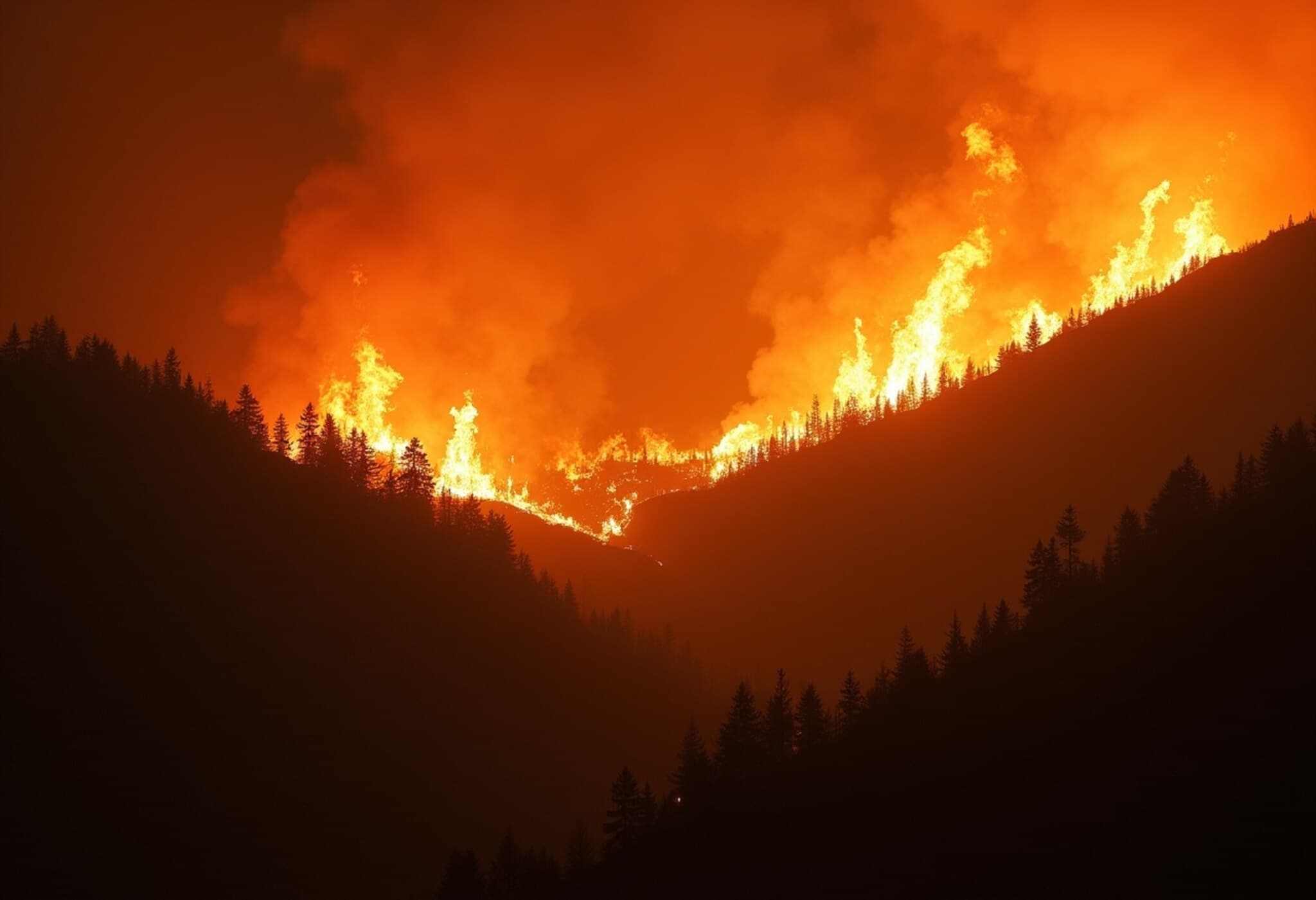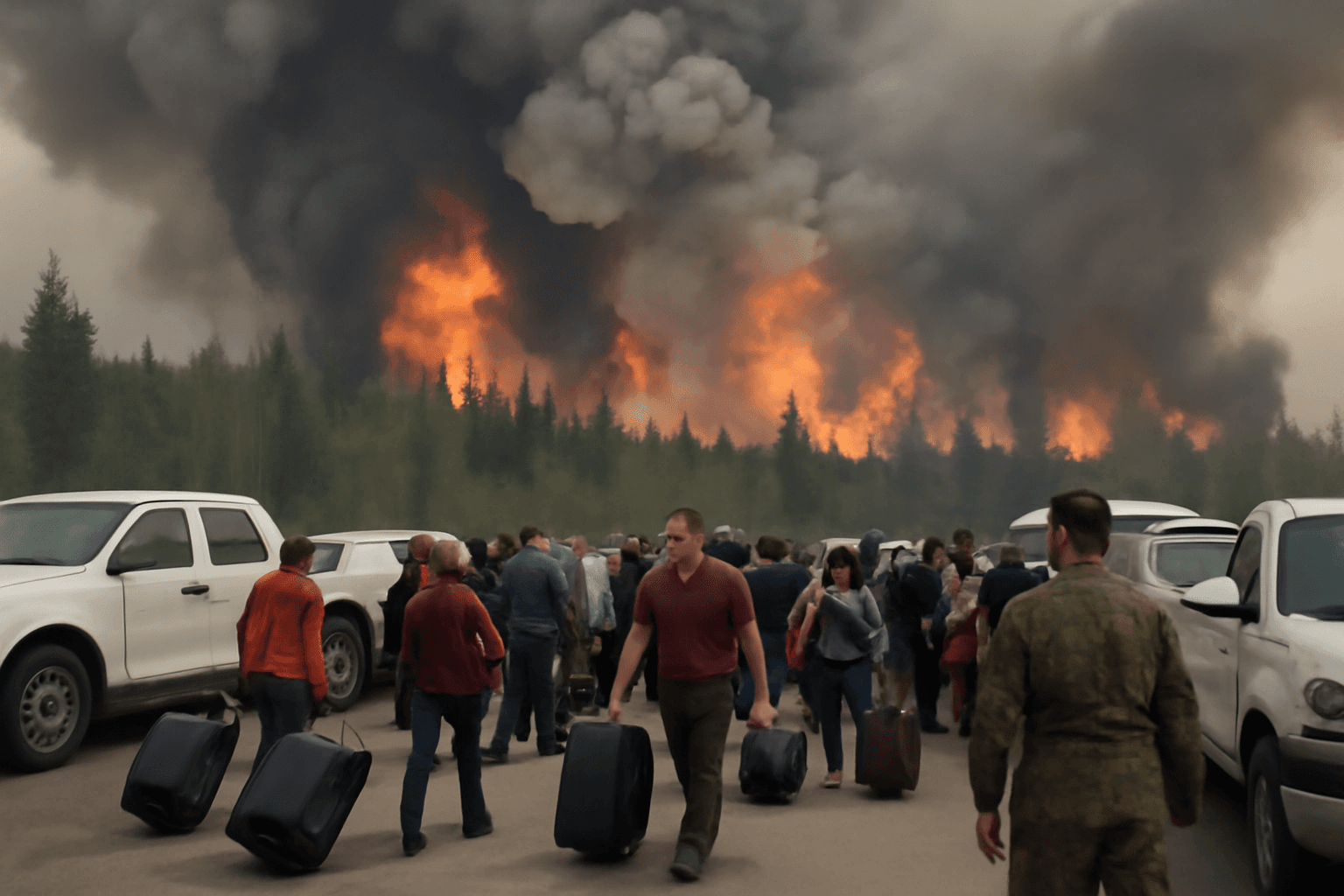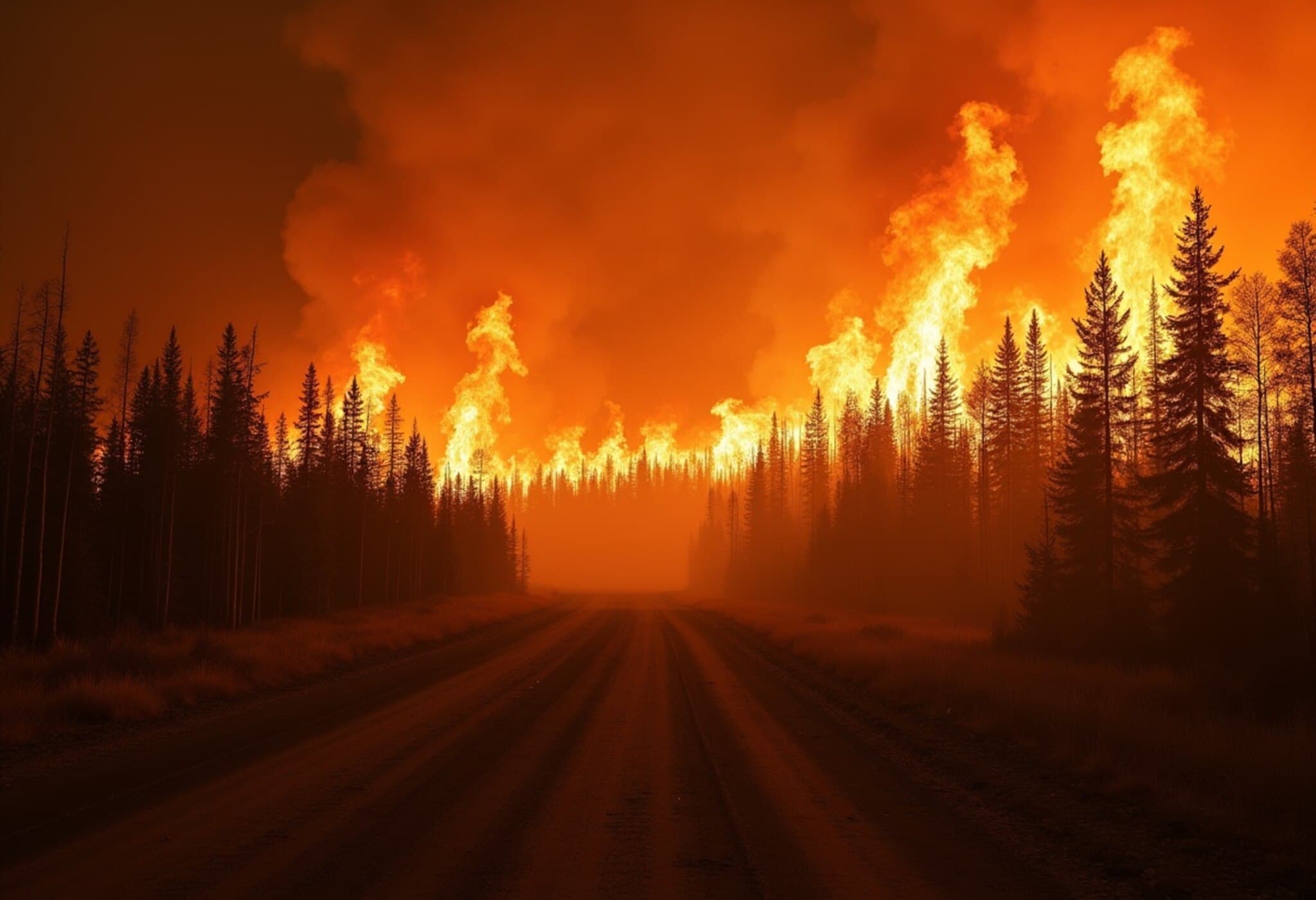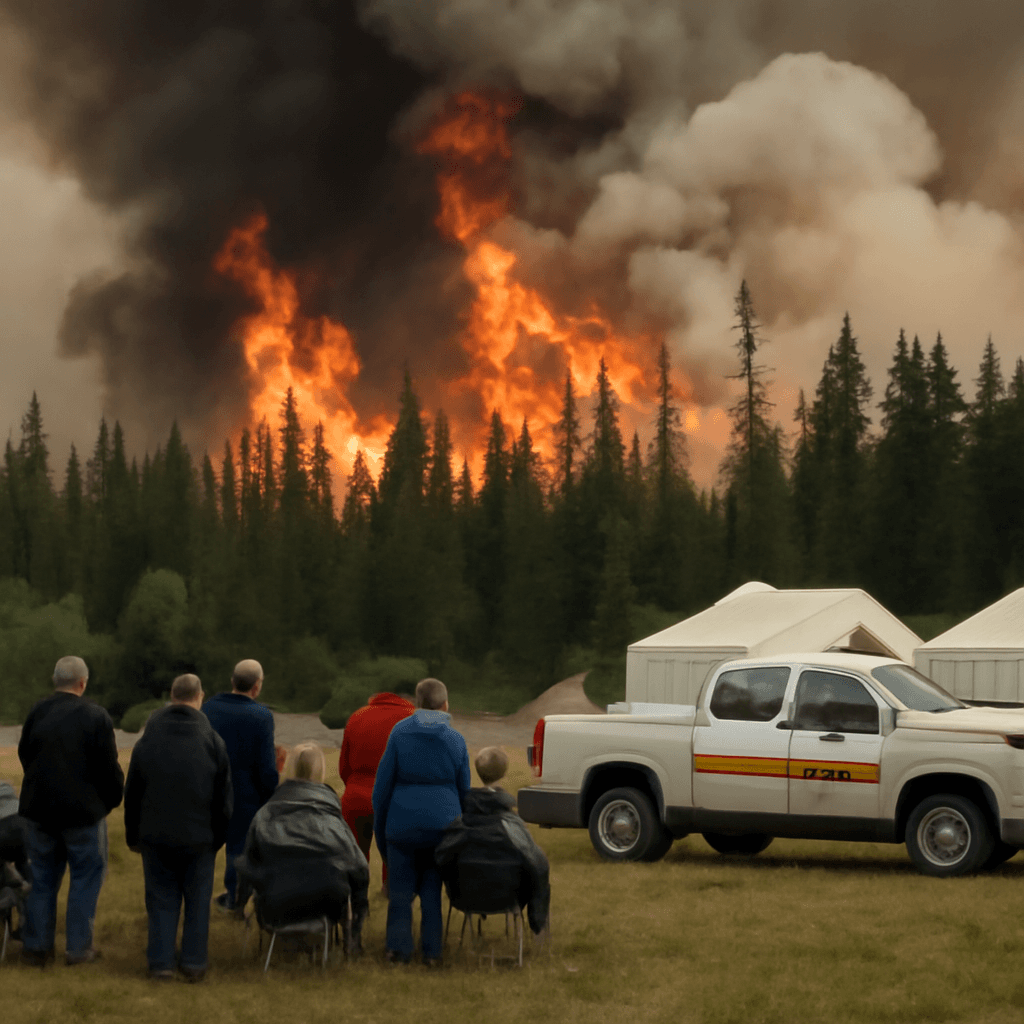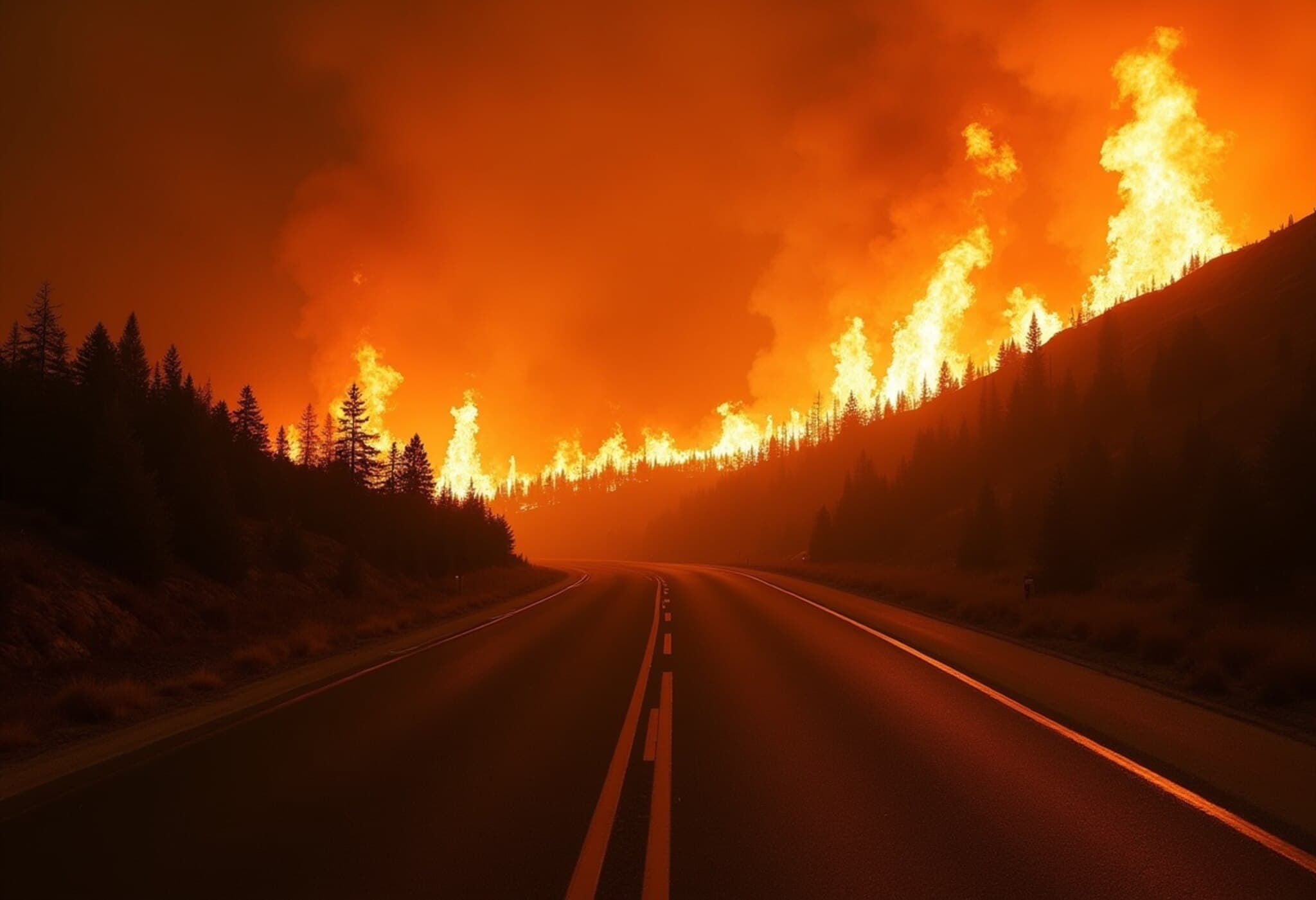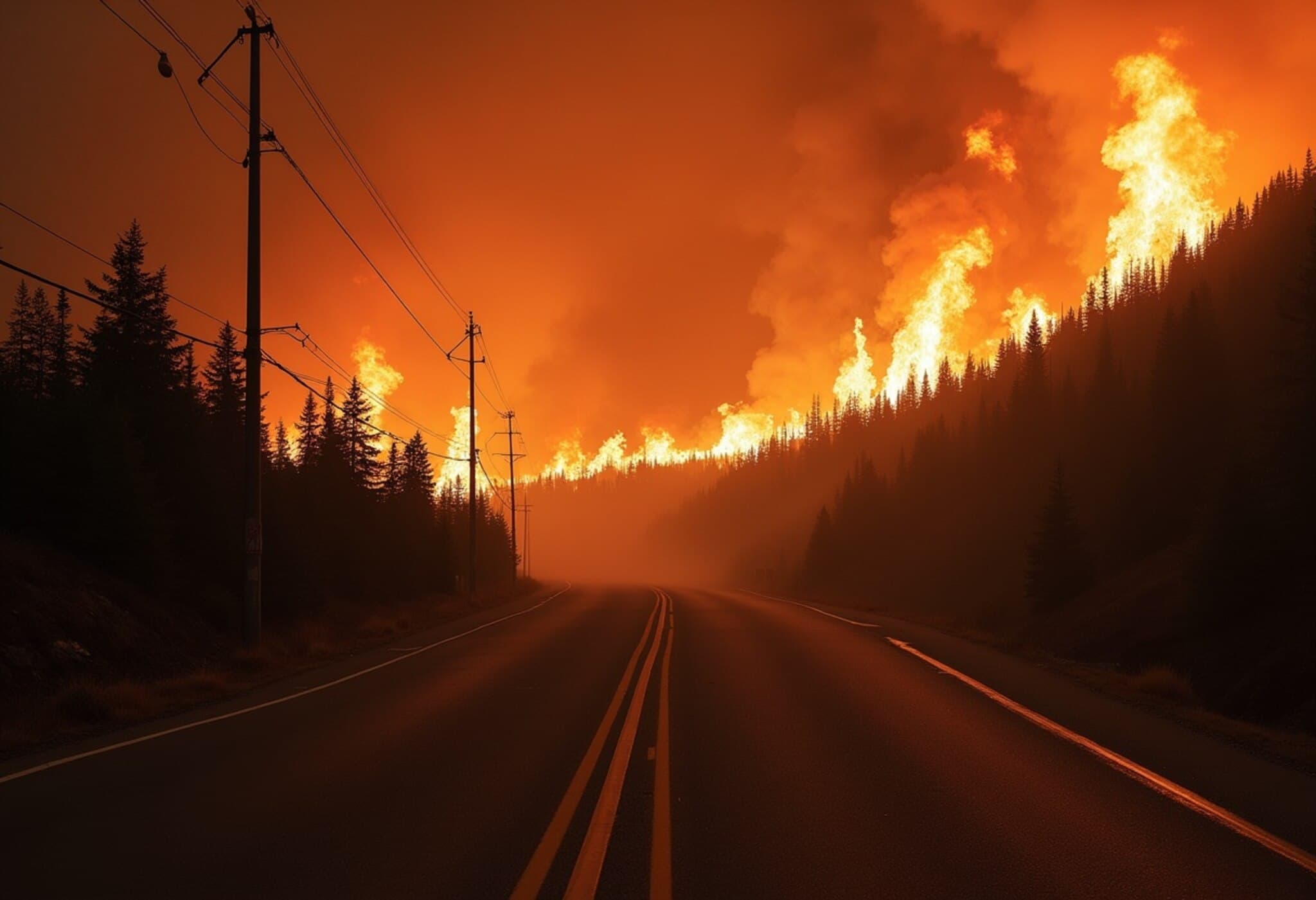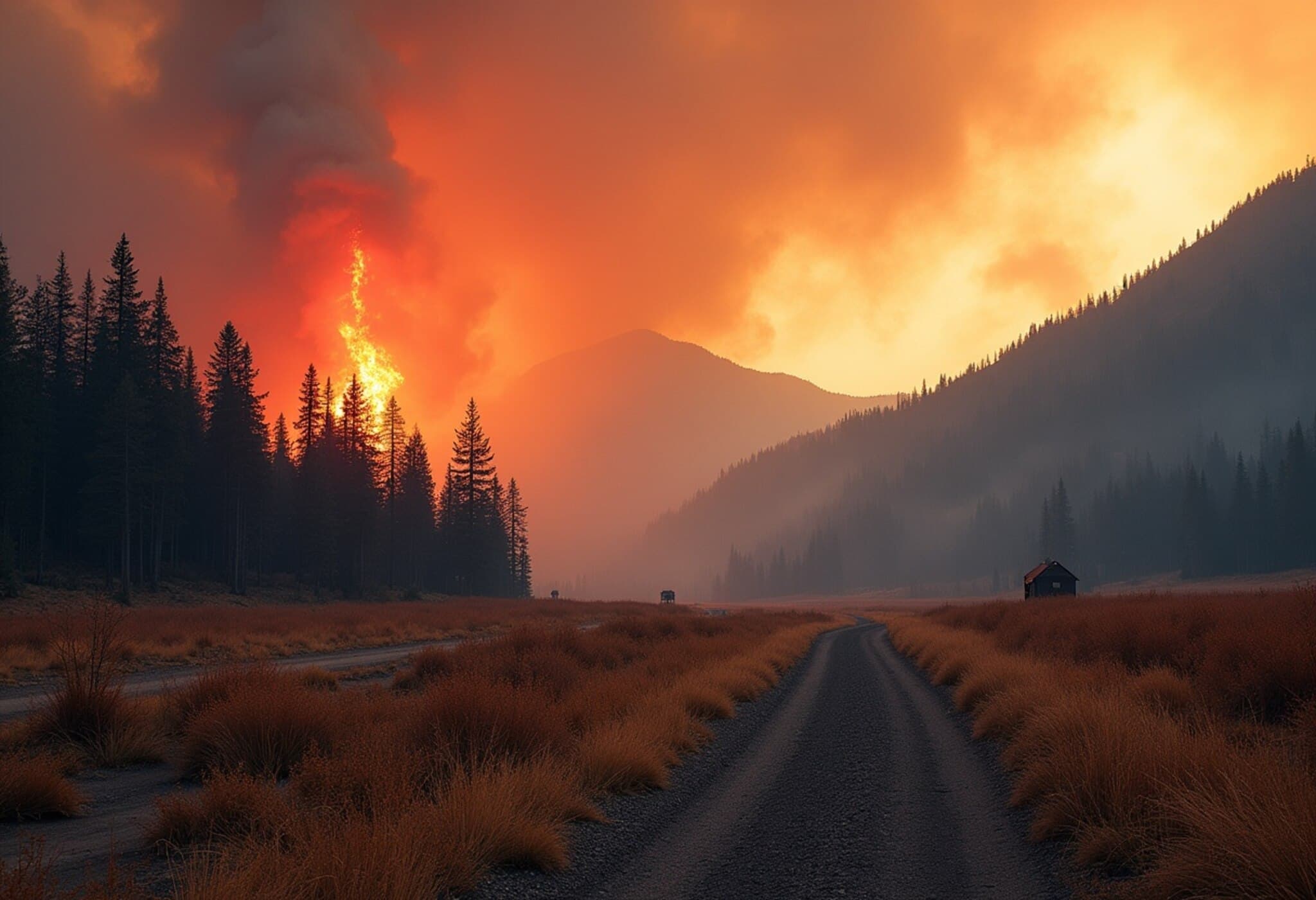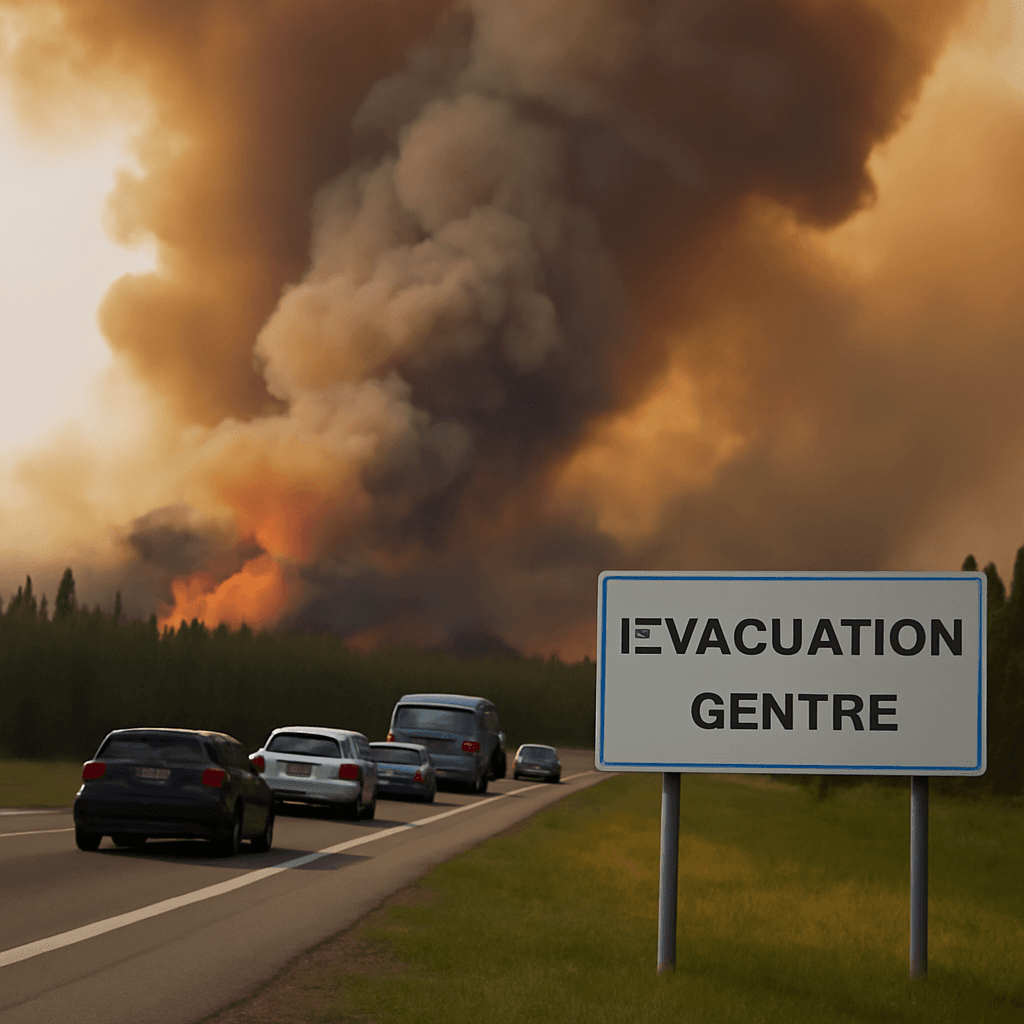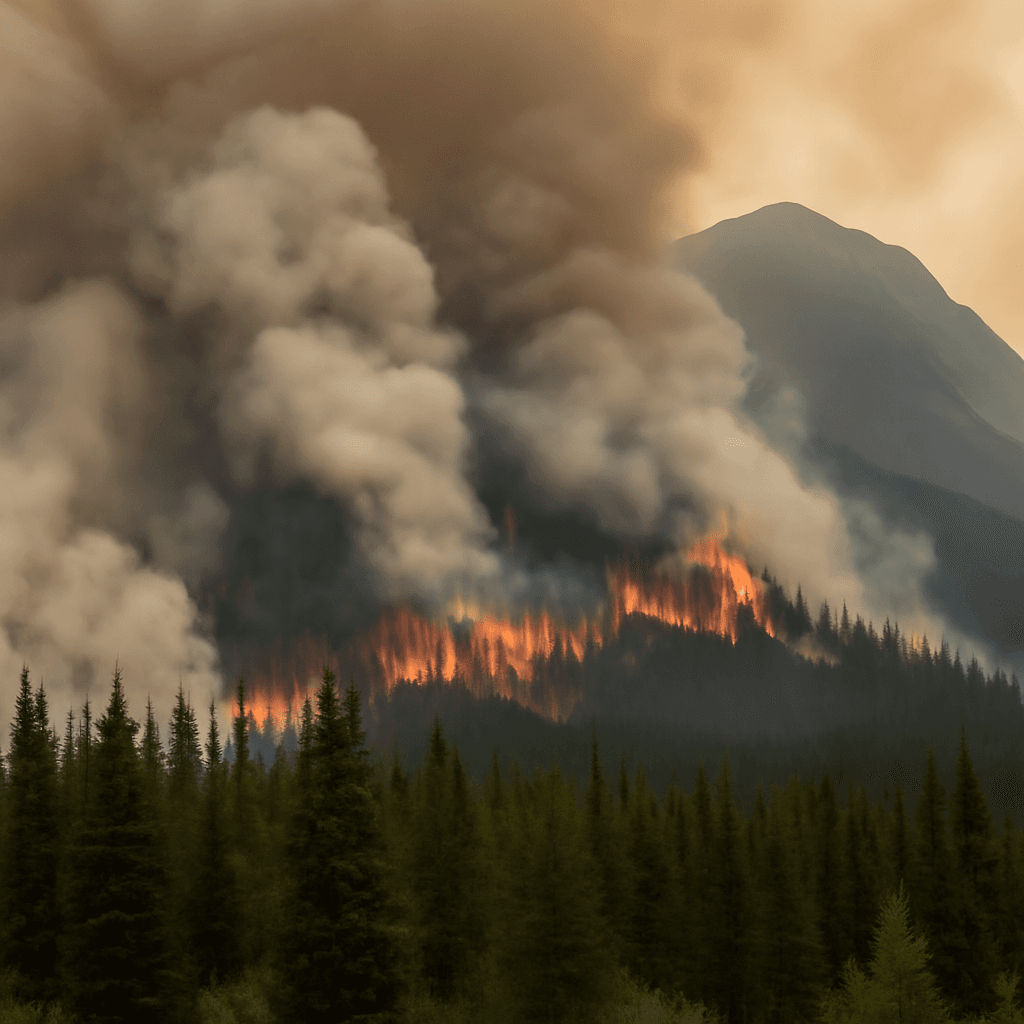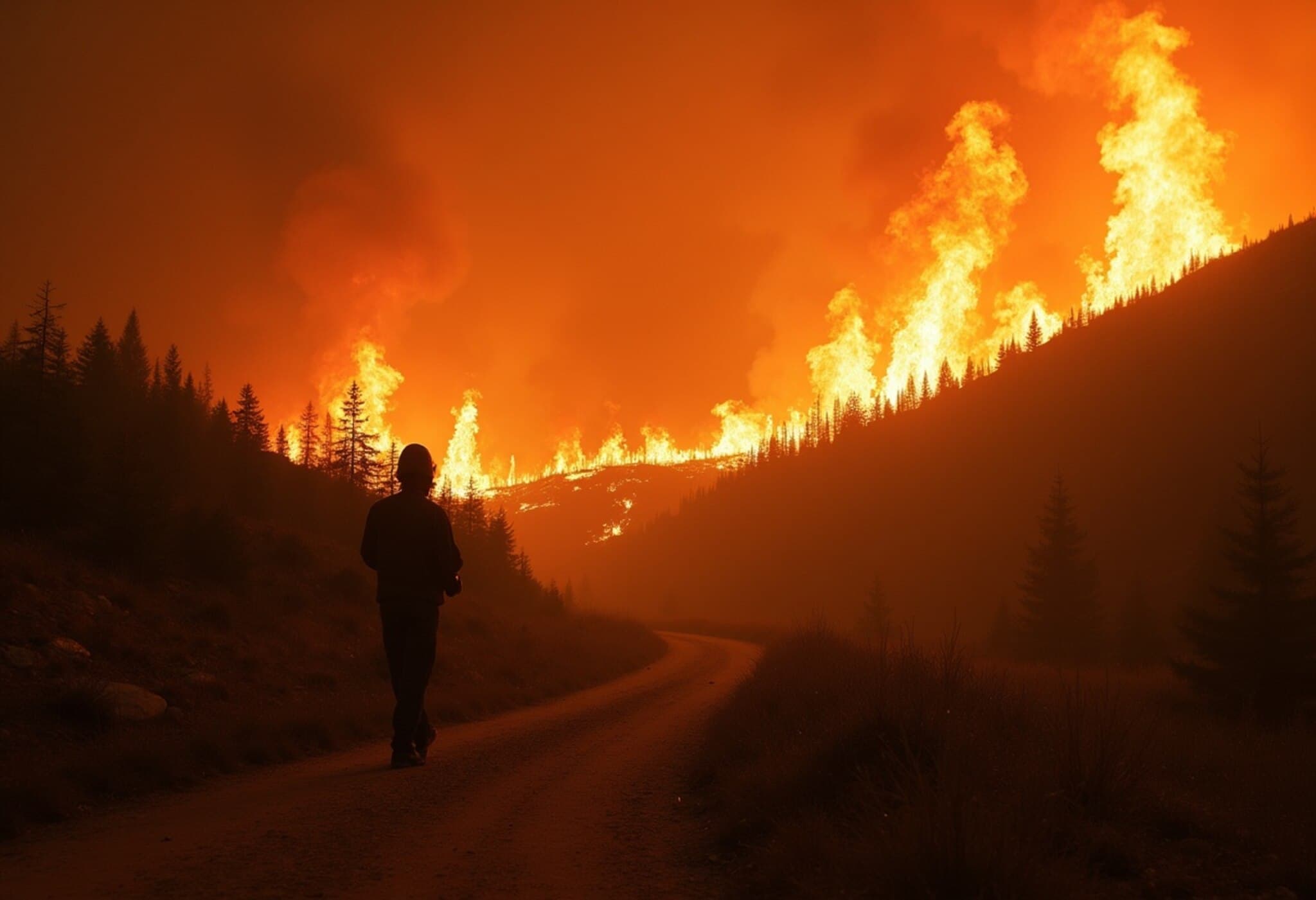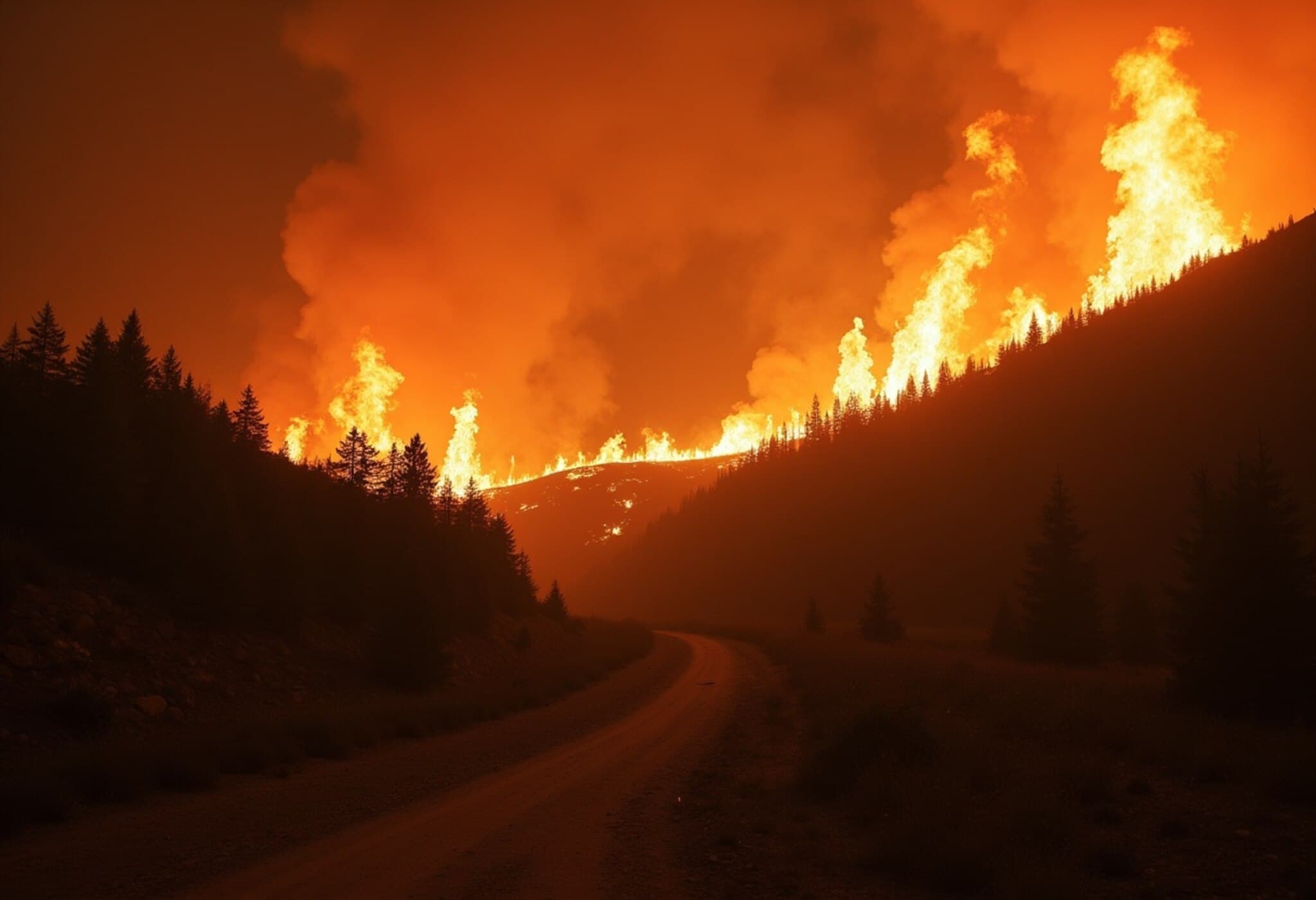Canada Calls in Military Amid Historic Wildfires Spanning Coast to Coast
As wildfires blaze from the lush forests of Vancouver Island to the rugged shores of Newfoundland, Canada is grappling with one of the most devastating wildfire seasons in recent history. The crisis has forced thousands to evacuate and blanketed eastern provinces and parts of the United States with thick smoke, prompting officials to elevate their emergency response measures.
Military and Coast Guard Join Frontline Firefighting Efforts
On August 7, 2025, Canada’s Emergency Management Minister, Eleanor Olszewski, announced a significant escalation in firefighting support: the deployment of Canadian Armed Forces and Coast Guard personnel to aid in battling the infernos, particularly in Newfoundland. The eastern province witnessed three large uncontrolled fires necessitating the evacuation of approximately 900 residents.
The militarization of wildfire response marks a sobering moment for Canada—a country long accustomed to battling seasonal forest fires but now confronting the reality of increasingly intense and protracted fire seasons. The involvement of the military underscores the scale and complexity of these emergencies.
Record-Breaking Burn Areas and Persistent Smoke
Canada’s fire situation is dire. The national fire threat level has consistently remained at its peak—level 5—since late May. So far, over 7.1 million hectares (about 27,000 square miles) of forest have been charred this season, a staggering figure just shy of last year’s record-breaking devastation.
The Canadian Interagency Forest Fire Centre reports there are currently 725 active wildfires scattered across the nation. Smoke from these fires has worsened air quality in populous provinces such as Ontario and Quebec and pushed as far south as the northeastern United States, reigniting public health concerns associated with prolonged smoke exposure.
Preventive Measures and Ongoing Risks
In response, several provinces have moved to curtail activities that might ignite new fires. Restrictions on hiking and campfires aim to prevent accidental blazes amidst dry conditions and limited rain forecasts. Meteorologists warn that the outlook for precipitation is bleak, meaning natural relief remains distant.
Expert Perspective: Climate Change as an Aggravating Factor
Experts emphasize that while wildfires are not new to Canada’s landscape, the increasing frequency, intensity, and season length signal broader environmental shifts. Dr. Susan White, a climatologist specializing in forestry and wildfire response, notes, “What we’re witnessing is a symptom of longer-term climate disruptions—hotter summers, drier soils, and erratic weather all converge to create ideal conditions for mega-fires.”
These trends have serious implications for public policy. As fire seasons lengthen, governments must invest in both immediate firefighting capabilities and long-term forest management strategies that can mitigate wildfire risk and protect vulnerable communities.
What Lies Ahead: Resilience and Recovery
Rebuilding after wildfires extends beyond replanting trees. It involves addressing health effects from smoke, restoring habitats, and supporting displaced populations. Indigenous communities, often on frontlines of firefighting and forest stewardship, face unique challenges and opportunities in this landscape.
Canada’s deployment of military forces to combat these blazes could serve as a catalyst for broader national conversations on climate adaptation, emergency preparedness, and sustainable land management. As the smoke lingers and embers continue to burn, alignment between federal, provincial, and local stakeholders is crucial.
Summary
- 7.1 million hectares burned this wildfire season in Canada, near record levels.
- 725 active fires remain, with military and Coast Guard support now engaged.
- Thousands evacuated, with smoke impacting air quality as far as the U.S.
- Provinces restrict outdoor activities amid dry weather and fire danger.
- Experts link intensified wildfire patterns to climate change effects.
Editor's Note
This wildfire season serves as a stark reminder of the growing challenges climate change poses to environmental stability and public safety. The mobilization of Canada’s military forces signals the escalating scale of these disasters—a call for urgent policy innovation in climate resilience and emergency response. How will Canadian communities adapt to an era where wildfires threaten ecosystems and livelihoods with increasing ferocity? The path forward demands integrated strategies that blend science, Indigenous knowledge, and community engagement to protect both people and nature.

